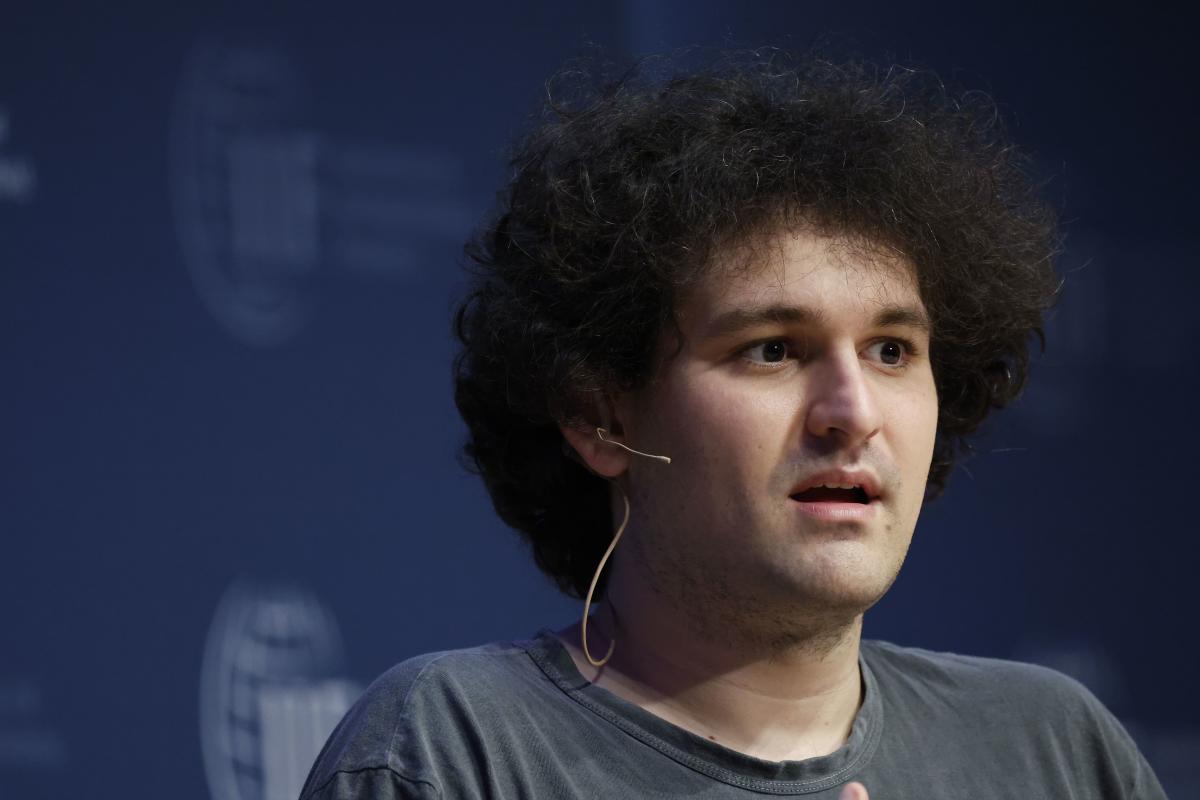Related Post
The construction of the power station just south of the Thames started in 1929, though it took around 26 years for both stages of the power station to be complete. At its peak, the coal-fired power plant supplied 20% of London’s electricity.
Universal History Archive/Universal Images Group via Getty Images
Source: Battersea Power Station
The building, designed by famed architect Giles Scott, became one of London’s leading landmarks, easily identified by its four imposing chimneys. The power station even featured on the cover of Pink Floyd’s 1977 album “Animals.”
30th August 1978: The gothic-style towers of Battersea Power Station
The 42-acre site is gradually reopening in phases as a mixed-use development, with the first part, comprised of accommodation, bars, restaurants, and leisure facilities, including a cinema and theatre, opening in 2017.
Grace Dean/Insider
Source: Battersea Power Station
The whole development is even served by a new tube station which opened in late 2021.
Grace Dean/Insider
The second stage, the part actually housed in the former power station, ultimately reopened in October 2022.
Grace Dean/Insider
It is home to stores including Uniqlo, Superdry, Levi, Adidas, Nike, Sweaty Betty, and Lululemon.
Grace Dean
There’s a broad mix of stores, though, including also a showroom for electric-vehicle maker Polestar and one for electric-motorcycle maker Maeving. Many of the stores are high-end, including Ralph Lauren, Rolex, and Boss. Gordon Ramsay has a restaurant there, too. There are no budget stores in sight, and the site’s biggest grocery retailer is Marks & Spencer, a higher-end choice associated with middle-class shoppers.
Grace Dean/Insider
I was surprised by how many of the shops were yet to open, though.
Grace Dean/Insider
There was also a store dedicated to local businesses …
Grace Dean/Insider
… but compared to the vast size of the site, this area seemed very small.
Grace Dean/Insider
The design of the site honed in on its industrial past.
Grace Dean/Insider
There was a bar called the Control Room …
Grace Dean/Insider
… and some pieces of old machinery dotted about. This is a circuit breaker dating from around 1955.
Grace Dean/Insider
There was also an exhibition with information about the site’s history and redevelopment.
Grace Dean/Insider
Battersea’s developers say that by the time the whole project is completed, the 42-acre site will have around 25,000 people living and working there, and it will be one of London’s largest office, retail, leisure, and cultural quarters.
Grace Dean/Insider
Source: Battersea Power Station





